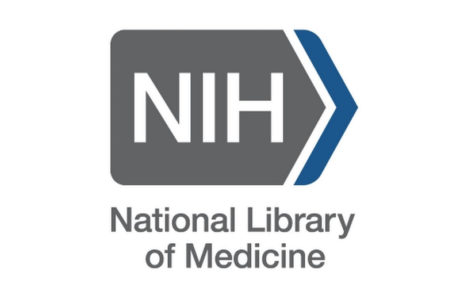
Adverse Drug Reactions and Toxicity of the Food and Drug Administration-Approved Antisense Oligonucleotide Drugs
By Alhamadani et al
The market for large molecule drugs is growing, including antisense oligonucleotide (ASO) drug, as many are capable of treating diseases that are untargetable by small-molecules, though there are concerns of toxicity and adverse reactions. This paper reviews toxicity from FDA drug labelling, preclinical studies, clinical trials, and postmarketing real-world studies on the 10 FDA-approved ASO drugs.

Why 90% of clinical drug development fails and how to improve it?
By Sun et al
Current drug optimization overly emphasizes potency/specificity using structure-activity-relationship but overlooks tissue exposure/selectivity in disease and normal tissues using structure-tissue exposure/selectivity-relationship, which may mislead the drug candidate selection and impact the balance of clinical dose, efficacy and toxicity. This paper proposes structure-tissue exposure/selectivity-activity relationship to improve drug optimization.
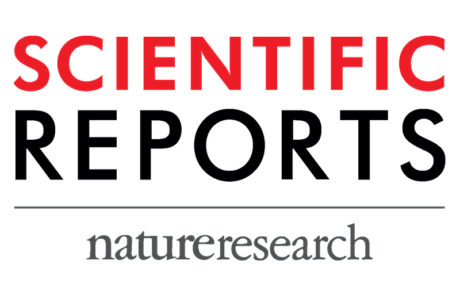
Accurate clinical toxicity prediction using multi-task deep neural nets and contrastive molecular explanations
By Sharma et al
Machine learning for molecular toxicity prediction is a promising approach for efficient drug development and chemical safety. A predictive ML model of toxicity can reduce experimental cost and time while mitigating ethical concerns by significantly reducing animal and clinical testing. Here, this group use a deep learning framework for simultaneously modelling in vitro, in vivo, and clinical toxicity data.
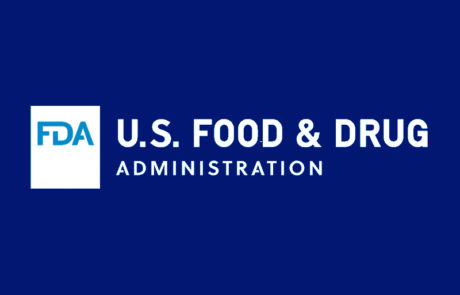
S12 nonclinical biodistribution considerations for gene therapy products
By The FDA
This guidance document provides recommendations for the conduct and design of nonclinical biodistribution studies for gene therapy products. The recommendations in the guidance aim to facilitate the development of investigational gene therapy products, while avoiding unnecessary use of animals, in accordance with the 3Rs principles.

Preparing pathological data to develop an artificial intelligence model in the nonclinical study
By Hwang et al
Artificial intelligence based analysis has recently been developed for the examination of histological slides. In this study, we examined the effect of varying the staining colour tone and magnification level of a dataset on the result of AI model prediction in haematoxylin and eosin stained whole slide images.
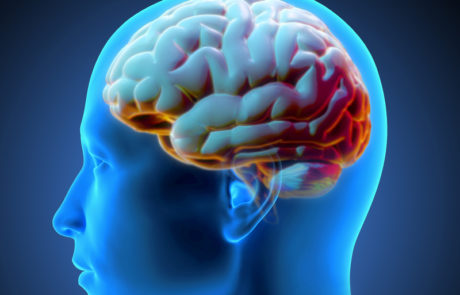
The psychedelic neuroplasticity and safety conundrum: Reaping the rewards of neuroplasticity with caution
By Brian Buntz
Growing evidence suggests that serotonergic psychedelics promote neuroplasticity. But it remains unclear how psychedelics may potentially treat mood disorders and other conditions. Despite their therapeutic potential, these compounds remain unpopular in some areas and could be contraindicated for many individuals.

Sensorion announces first patient enrolled in cisplatin-induced ototoxicity trial
By Jim Cornall
SENS-401 (Arazasetron), Sensorion’s clinical stage lead drug candidate, is an orally available small molecule that aims to protect and preserve inner ear tissue from damage responsible of progressive or sequelae hearing impairment. Sensorion is developing SENS-401 in a phase 2a clinical trial for the prevention of residual hearing loss in patients scheduled for cochlear implantation, and in a phase 2 clinical trial for the prevention of cisplatin-induced ototoxicity.

Future Toxicity
By Derek Lowe
This interesting article investigates the most common problem faced in the drug development industry; unexpected toxicity in clinical trials, and discusses the future directions in the field of toxicology.
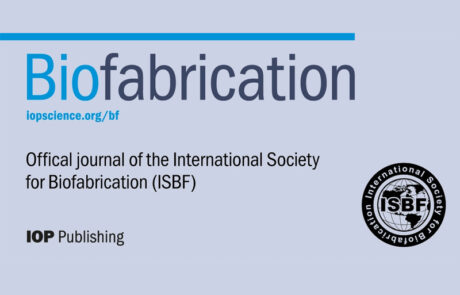
Coaxial cell printing of a human glomerular model: an in vitro glomerular filtration barrier and its pathophysiology
By Singh et al
There would be great benefit in emulating the kidney’s glomerular due to its potential in the field of drug screening and nephrotoxicity testing. This group fabricated a functional bilayer glomerular microvessel-on-a-chip that recapitulates the specific arrangement of the glomerular endothelial cell, podocyte layers, and the intervening glomerular basement membrane (GBM) in a single step.
